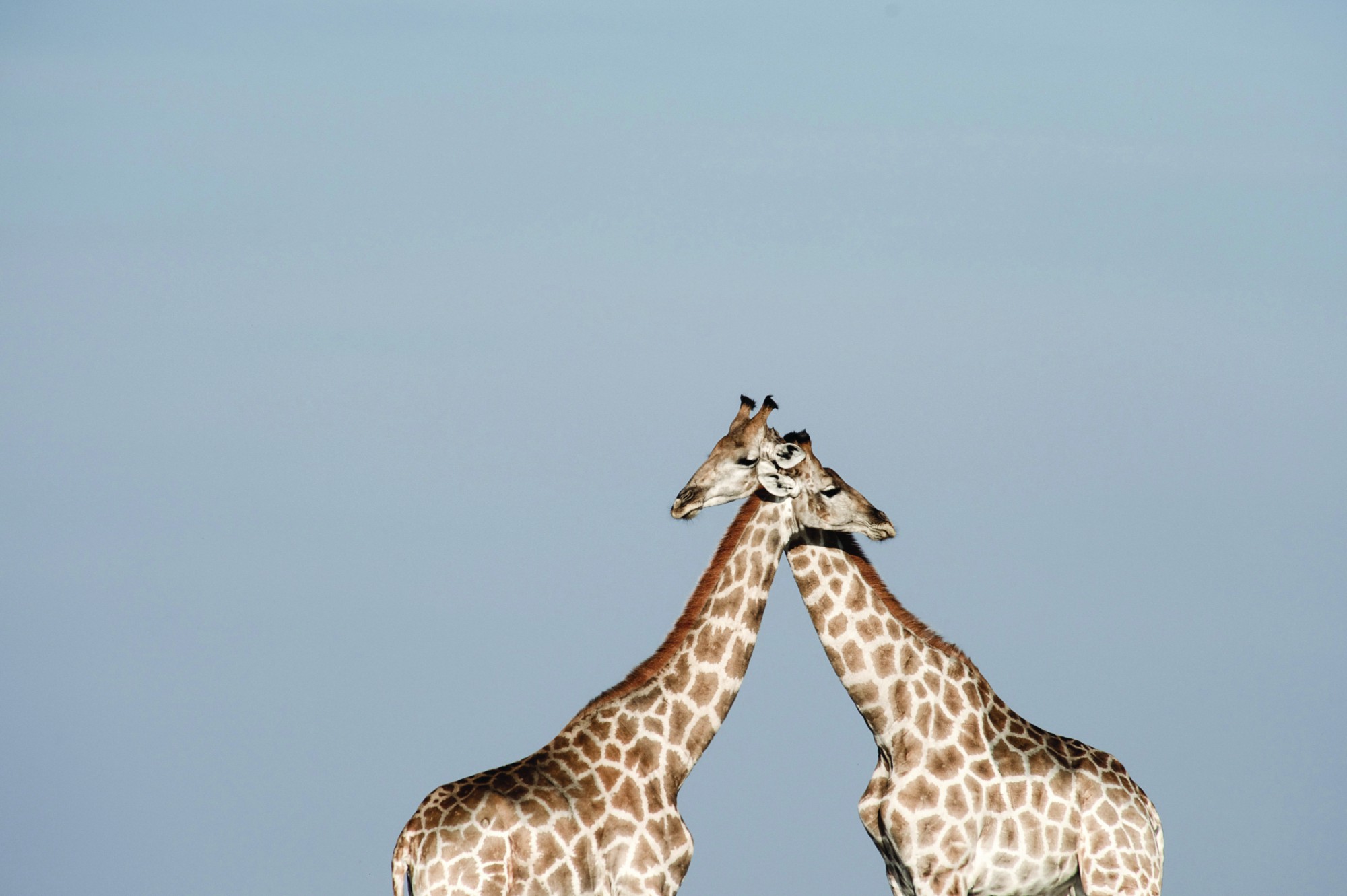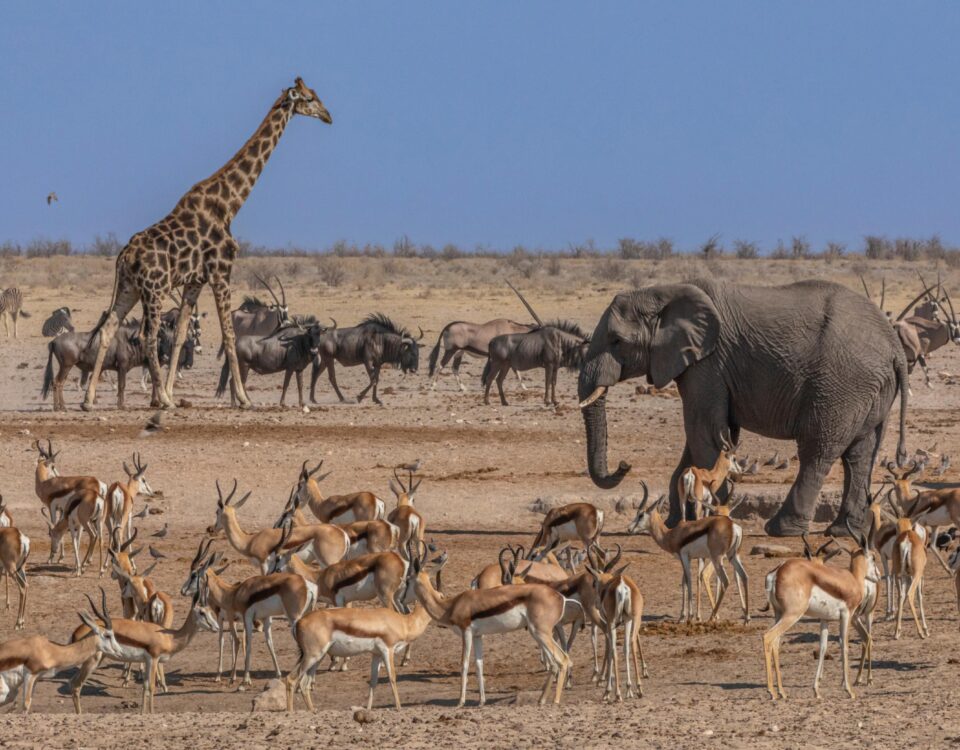As an example, in the Middle East, despite decades of up-listings, absolute trade bans, huge investment into protected areas, species declines continue. Is the solution to simply invest more and more into these simplistic, emotive and yet failing interventions?
Surely there is another way?
Namibia has, with other countries in the region, found local solutions to tackle the problems our wildlife is facing. Is is despite the demands of rapidly growing human populations and the urgent and conflicting need for socio-economic development. This is as a result of new policies that were introduced, the most fundamental of which is devolving some form of communal or private ownership over wildlife, and allowing people to benefit from wildlife through any number of means.
This is probably one of the main reasons why our voices at events such as CITES, the IUCN World Parks Conference and numerous other events is consistently ignored; or shouted down by those entities who are using who are using the global wildlife crisis to generate significant revenues. Despite valiant attempts by IUCN and the CITES Secretariat to maintain some sort of scientific integrity, emotion-based mob-rule and vested organisational interests are increasingly dominating proceedings. This might be good for those entities who win the political battles at this international level, but it does little for wildlife on the ground and for those ‘dirty boots’ conservationists trying to find that win-win compromise between increasing human population and wildlife.
We don’t have to – and should not – follow the crowd, even if this makes us somewhat unpopular. We need a backbone, a clear head and statesmanship; and that is exactly what CITES CoP 17 got from Namibia. Maintaining the status quo at CITES was a great achievement given the tsunami of emotive knee-jerk simplistic approaches that were on the table, and not to forget the politics of self-interest groups. But we can’t rest on this success as there will be other CoP meetings; and besides, the status quo is not enough to meet the future challenges facing wildlife on our continent.
Increased advocacy for the sustainable use principles, supported by factual data and examples, will be needed over the next three years, in preparation for CoP19 in Sri Lanka in 2019. e interim will see harder stances on prohibition approaches but at the same time, there is a counter-movement outside of the usual spheres questioning this approach. A growing number of serious conservationists and people who are interested in nature are increasingly uneasy with the bed that has been made with well resourced protectionist organisations who raise significant funds on simplistic emotive propositions. There is a growing realisation that as imperfect as our approaches may be, the alternatives are often worse. In Namibia, we already include photographic tourism in the mix but even with this, usually touted as a panacea for everything, “eco-tourism” has its limitations and increasingly we are becoming aware of the impacts it generates.
So we need to work hard to build on our successes, and to help our neighbours do the same. Specifically, we need a concerted national effort to scientifically document and maintain track of our conservation success story, to work together to establish a national monitoring and evaluation system that will enable Namibia to keep track on wildlife numbers across the country, to track the amount of land that is being made available for wildlife, and map out species’ range expansion as game reintroductions occur. These data will be absolutely critical at the next CITES meeting.
We all need to reflect on our own practices and decisively clean up our own backyard by eliminating any bad practices that still exist; we need to be more strategic and intelligent with regard to getting our story out there, and in doing so, make sure the right people are telling the story.
Hunters have a big role to play in this by making a concerted effort to achieve best practice in the industry, applying peer pressure on colleagues to do the same, restructuring marketing materials, modifying operations and being more alert to our story-telling so that trophy hunting is less offensive to the general public, and hunting in general is valued for the great pursuit that it is. By doing so, hunters can be the greatest advocates for conservation and keep hunting as a powerful tool in the conservation toolbox.
This article was first published in the HuntiNamibia 2017 issue.





